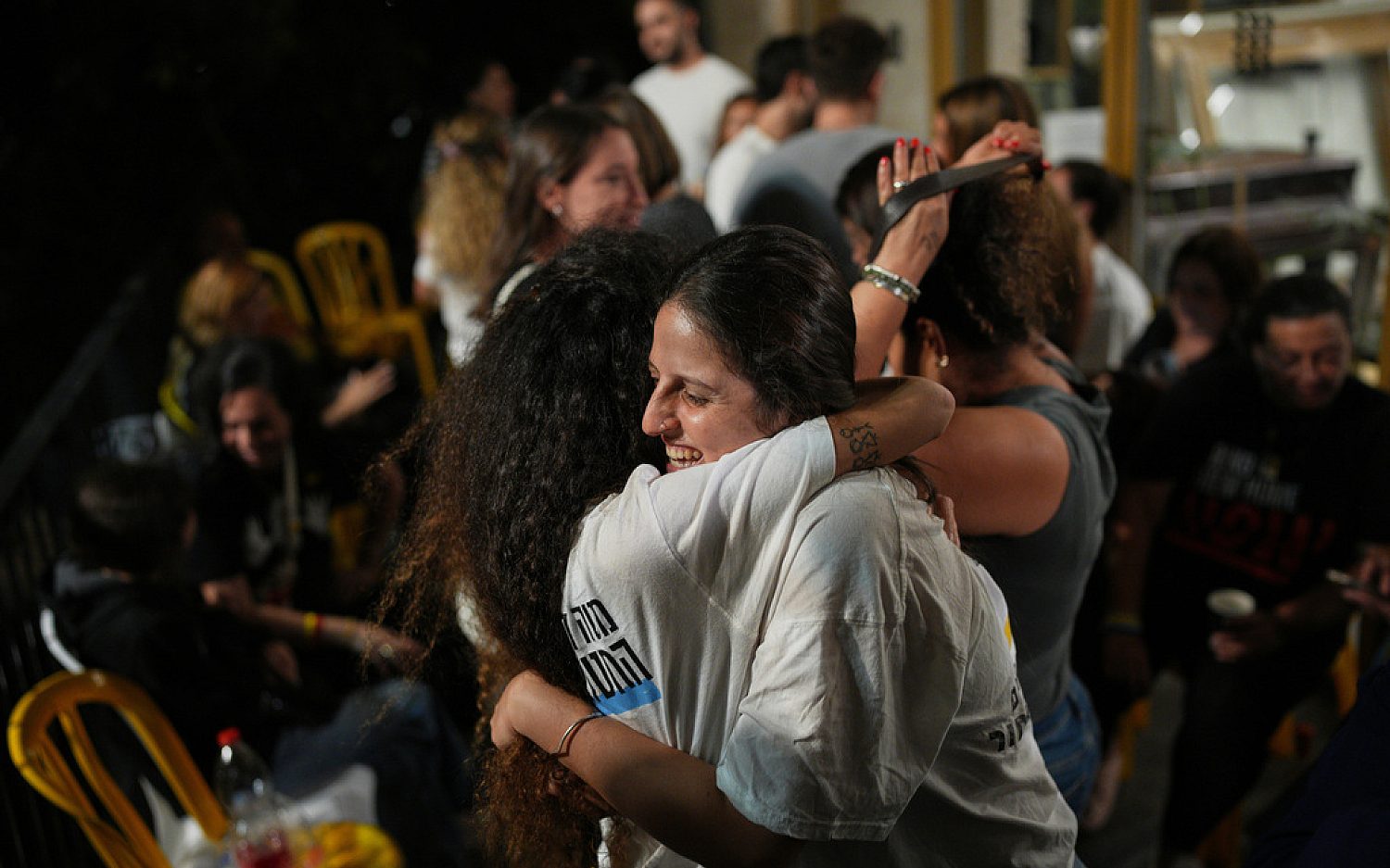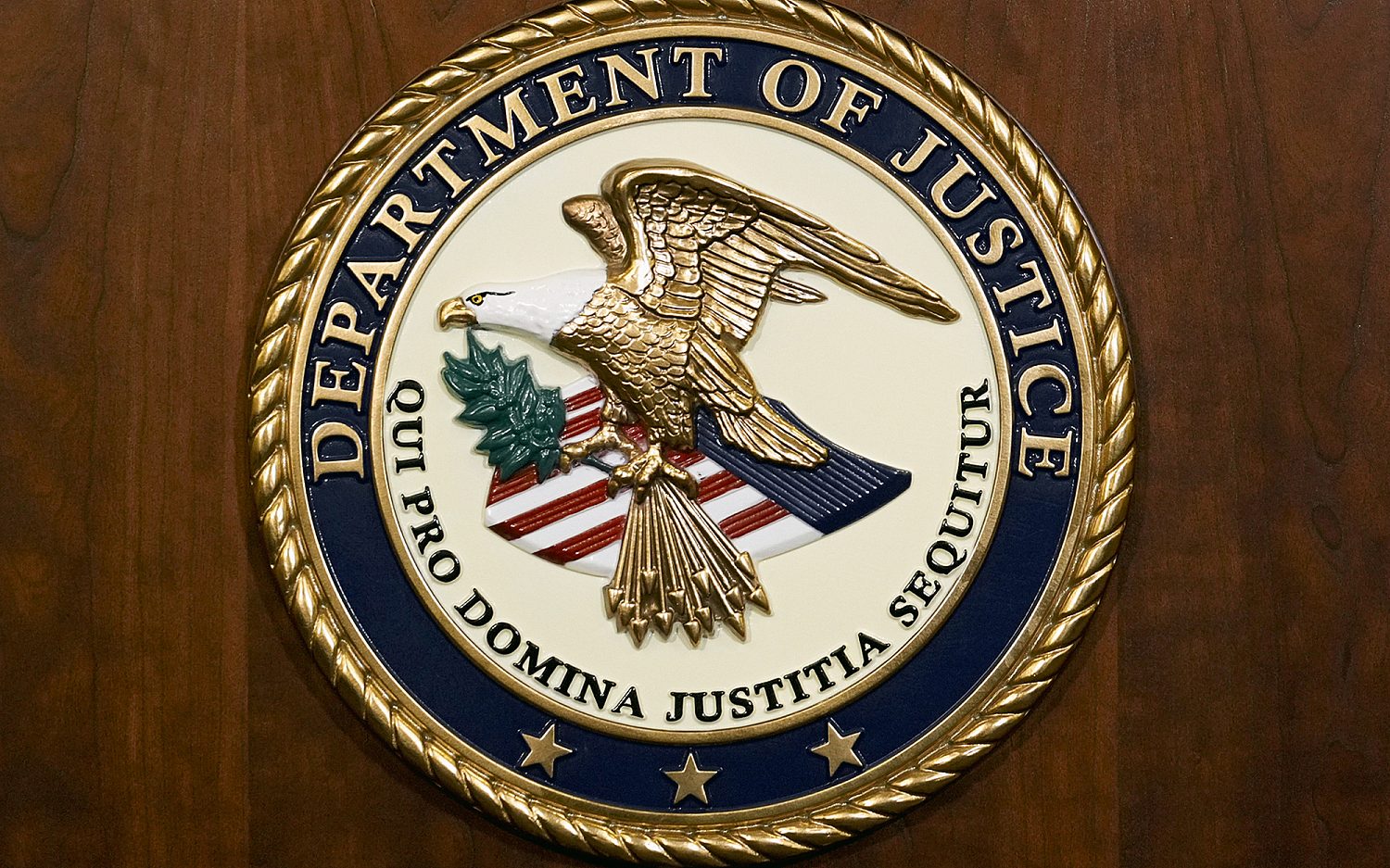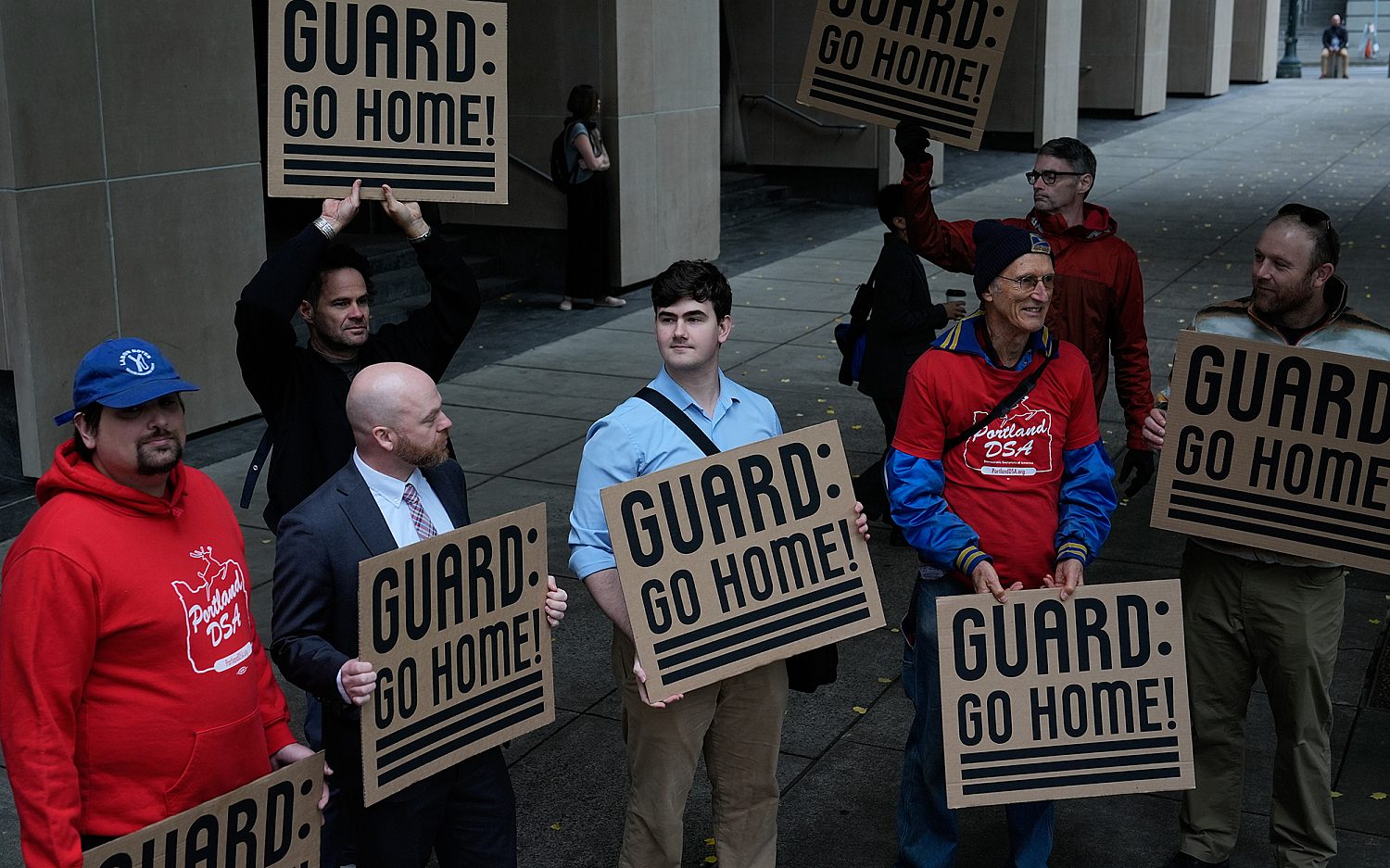'Heterosexism' warning
Pediatrics group tells doctors how they should react to LGBTQ youth in the office setting
The American Academy of Pediatrics, an organization representing 60,000 pediatricians, has published bold new advice for doctors who may find themselves treating “lesbian, gay, bisexual, transgender, and questioning” youth: Watch your attitude.
In a policy statement and report the AAP published Monday in its flagship journal, Pediatrics, the group warned its doctors against “homophobia” and “heterosexism,” defined as “the societal expectation that heterosexuality is the expected norm and that, somehow, LGBTQ individuals are abnormal.” The organization called heterosexism “insidious and damaging,” and said doctors should treat LGBTQ youth in a “nonjudgmental” fashion.
The AAP statement is more politically charged than the organization’s previous sexual orientation policy, issued in 2004, which had recognized some doctors were uncomfortable counseling homosexual or transgender youth and encouraged them to refer such patients elsewhere.
Instead, the new statement for the first time warns doctors against “internalized homophobia and heterosexism in the office setting” that could discourage young LGBTQ patients from talking honestly about their sexual health.
How to guard against such attitudes? Put posters in the waiting room showing same-sex couples, along with brochures about sexual orientation. Offices could also display a “rainbow” decal to signal their support of “sexual minority” youth, the AAP said. Pediatric practices should never refer such patients for conversion or reparative therapy, the organization said, citing an American Psychological Association task force that decided such therapy was ineffective and potentially harmful—a conclusion some doctors dispute.
The policy statement labeled questions such as, “What do you and your boyfriend do together?” as heterosexist. Instead the AAP recommended doctors open conversations by saying, “Tell me about your partner,” to prompt discussions of sexual activity and of appropriate medical advice or testing for sexually transmitted infections.
The AAP report noted extensive research showing LGBTQ youth are more likely than heterosexual youth to suffer from a number of health problems, and asserted societal attitudes toward sexual minorities has exacerbated them. For instance, LGBTQ adolescents are more likely to experience eating disorders and to use alcohol, tobacco, or recreational drugs. They are more likely to experience depression, suicidal thoughts, social anxieties, and other mental health problems. Young homosexual males from the ages of 13 to 24 are also overrepresented among HIV patients, making up six out of 10 cases of infection.
Although the report encourages doctors to reinforce abstinence as the “preferred” method of preventing infections and pregnancy, if a teenage patient has already admitted to practicing abstinence, it elsewhere encourages condom use and criticizes education methods promoting “‘abstinence only’ until heterosexual marriage” as contributing to mental health problems and risky behaviors among LGBTQ youth.
Michelle Cretella, vice president of the American College of Pediatricians, a group founded in 2002 as an alternative to the AAP, said her organization applauds raising awareness of LGBTQ health issues. But it disputes the AAP’s contention that “heterosexist” social stigma is a primary factor in exacerbating health risks among LGBTQ youths.
“We also dispute that all pediatricians should affirm all non-heterosexual attractions in adolescence as normal,” Cretella said, noting that a study a few years ago found many youth who said they felt homosexual attractions later went on to identify as exclusively heterosexual. “Homosexual attractions, particularly during adolescence, are not fixed.”
Cretella said abstinence is the best health advice to give to teens, regardless of who they’re attracted to. Doctors should also encourage young people to develop healthy, nonsexual relationships with members of both sexes, and remind patients of the emotional and biochemical bonds formed by sexual activity, she said. “I don’t care how much latex you put on your body, and how many shots we give you, they’re not going to cover your heart and your mind,” Cretella added
The American College of Pediatricians notes on its website that it upholds the sanctity of human life and the value of the mother-father family unit. Many of its doctors (including Cretella) are also AAP members, and joined the group out of concern that recent AAP policy doesn’t always represent the diversity of American pediatricians. AAP policy statements are written by independent committees and are not submitted to a membership vote before being published.
The AAP’s earlier, 2004 statement on sexual orientation had more explicitly recommended doctors “encourage abstinence” and “discourage multiple partners,” among all patients. It had suggested doctors who were uncomfortable addressing homosexuality “be prepared to refer adolescents’ care if you have personal barriers to providing such care.” It did not mention “homophobia” or “heterosexism.”
An actual newsletter worth subscribing to instead of just a collection of links. —Adam
Sign up to receive The Sift email newsletter each weekday morning for the latest headlines from WORLD’s breaking news team.





Please wait while we load the latest comments...
Comments
Please register, subscribe, or log in to comment on this article.